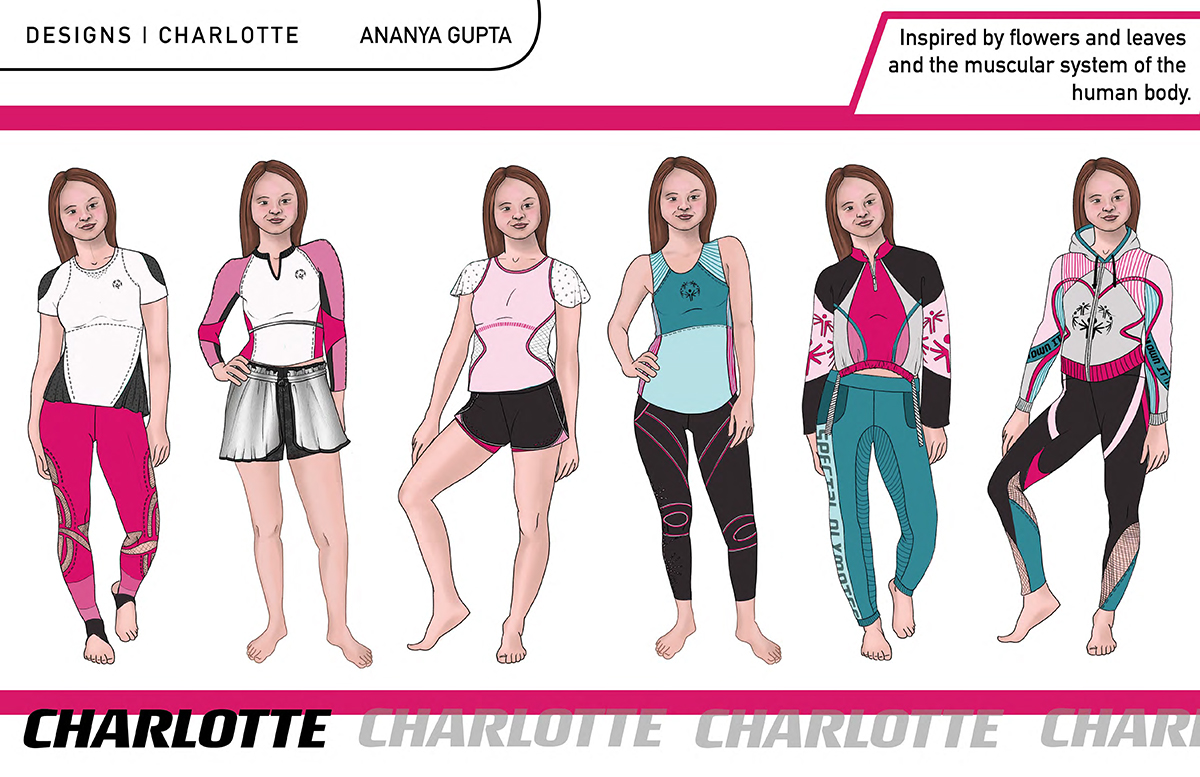Parsons’ partnership with Special Olympics is yet another step forward towards inclusion.
When it comes to inclusivity in the fashion industry, it is no longer a question of “if” but “when” brands will expand their representation. What started with baby steps bidding for size-inclusive apparel now pleads for representation of all types, including race and gender identity. While there have been marginal efforts to include disability in the conversation, the industry is still catching up on accurate representation of disabled individuals.
True inclusivity must address both internal and external representation. In the fashion industry, that translates to showcasing disability-inclusive, or “adaptive” apparel across advertisements, in a variety of price ranges and products, as well as the hiring and employment of disabled individuals. As of recently, athletic apparel has acted as the launching pad for many brands entering the adaptive clothing market.
Nike kicked off the conversation this year with the release of the Nike FlyEase slip-on sneaker, a hands-free shoe that allows wearers to quickly slip in and out of the shoe. The sneaker was designed specifically with disabled athletes in mind, after Matthew Walzer, a 16-year-old with cerebral palsy penned a letter to the company in 2012 asking for a shoe to accommodate athletes like him. “As we continue to push the limits of making athletes better, we also need to push the limits in terms of allowing all athletes to wear our product,” Richard Ramsay, the product developer behind the shoe, said in a press release on the design’s launch.

Now fashion’s future generation will have a hand in adaptive clothing, as Parsons School of Design and the Special Olympics have paired up on a long term initiative to not only design adaptive activewear collections, but also to understand where the industry is headed in terms of this type of inclusion. “Together with Special Olympics, we co-created, designed and established a collab class with an intricate co-design, human-centered systems-thinking and partnership methodology,” Brendan McCarthy, Systems and Materiality BFA Program Director at Parsons, told Mission. “It can be used as a model for fashion and athletic/performance design houses, businesses more broadly and educational institutions to re-think how they approach critical issues around equity, inclusion, social justice, specifically for one of the most marginalized communities, those with intellectual disabilities.”
The partnership originally began in Spring of 2020 when the Special Olympics enlisted Parsons students to design figure skating uniforms, and has now morphed into a broad initiative involving Parsons staff and students, the Special Olympics, the Women’s Tennis Organization and several notable fashion figures. “We are so proud and excited about our work with the Special Olympics and our wider mission around equity, inclusion and social justice,” explains McCarthy. “We hope that this class demonstrates fashion companies through strategic partnership, co-design, human-centered systems thinking and technology that there is no reason why a Special Olympics athlete and someone with intellectual disabilities cannot be a fashion designer, creative director and leader in any company.”
Ideally, what starts in the athleticwear space will soon translate other apparel categories, such as loungewear, formalwear and high end selections. This bid for inclusion will hopefully permeate other facets of the fashion industry, ideally occupying a spot across the board for brands to consider. Certain higher-tier brands, such as Tommy Hilfiger, have already made headway on this effort, and it hopefully will not be long before the entire industry is held to this standard of inclusion.
Image credit: Don Worley, Parsons




